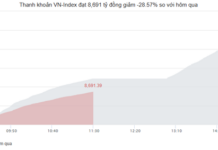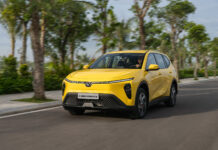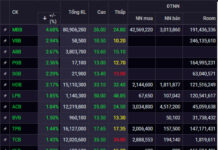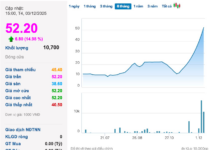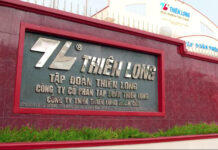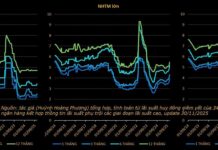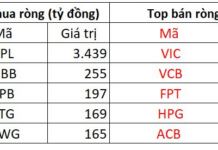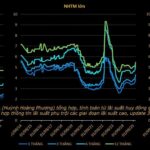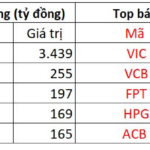Strategic Lessons from Uber: Data is a Goldmine, but Ethics are the Red Line
According to the Belgian newspaper Dernière Heure, a small study examined how the Uber ride-hailing app adjusts pricing for users in Brussels based on their phone battery levels. Uber was accused of charging users higher fees when their phone batteries were low.
Specifically, the newspaper reported that two identical ride requests were made to and from the same location, but Uber charged an additional 6% for the trip when the smartphone battery was at 12%. A phone with 84% battery was charged €16.60 (£14.56, $18.10) for a trip from the newspaper’s office to a nearby ferry terminal, while the other phone was charged €17.56 (£15.41, $19.16).
Shortly after, Uber denied that payments were determined based on remaining phone battery levels and stated that the app cannot measure users’ battery levels.
The company explained, “Uber does not consider phone battery levels when calculating trip prices. Dynamic pricing for rides booked through Uber is determined by current demand and the availability of drivers at that time.”
However, in 2016, Uber’s former director of economic research, Keith Chen, stated that the company found users with lower battery levels were more willing to pay surge prices.
“In other words, you’re more likely to accept surge pricing if your phone battery is low and you need an immediate ride home. You can’t wait 15 minutes to see if the price drops. Uber knows when users’ phone batteries are low because the app switches to power-saving mode. We don’t use this to increase surge pricing, but it’s an interesting psychological reality in human behavior,” Chen said.
Dynamic Pricing Model – What is it?
According to Forbes, Uber’s pricing for each ride is determined by “Dynamic Pricing.” This method operates through algorithmic pricing, calculating the price based on variables such as location, time of day, traffic patterns, and even your Uber usage history. This data is collected, and the algorithm predicts the highest price you’re likely to pay.
The “willingness-to-pay” algorithm determines the likelihood of you accepting the ride price at that moment. The result is integrated into demand predictions by small segments and ultimately determines the ride price at each moment.
Using large datasets, AI can also pull data from various sources to supplement the algorithm, such as events, time of day, and the number of ride requests. By collecting these real-time price fluctuations, prices can change by the minute.
AI can also use personal customer data and activity history to determine ride pricing. If your online behavior shows a habit of visiting certain locations at specific times, your account may be charged more during those times.
“Uber relies heavily on machine learning (ML) to establish a robust and reliable dynamic pricing system,” said Ivan Didur, CTO and Co-founder of DataRoot Labs.
“With ML support, Uber creates predictive forecasts of future market conditions and uses a system highly sensitive to external factors, including global news events, weather, historical data, holidays, time, and traffic.”
Dynamic pricing allows Uber to effectively adjust prices. They can also outcompete traditional taxis by collecting data on current prices and setting rates that attract customers away from other services. All of this is tied to your willingness to pay and can genuinely benefit passengers.
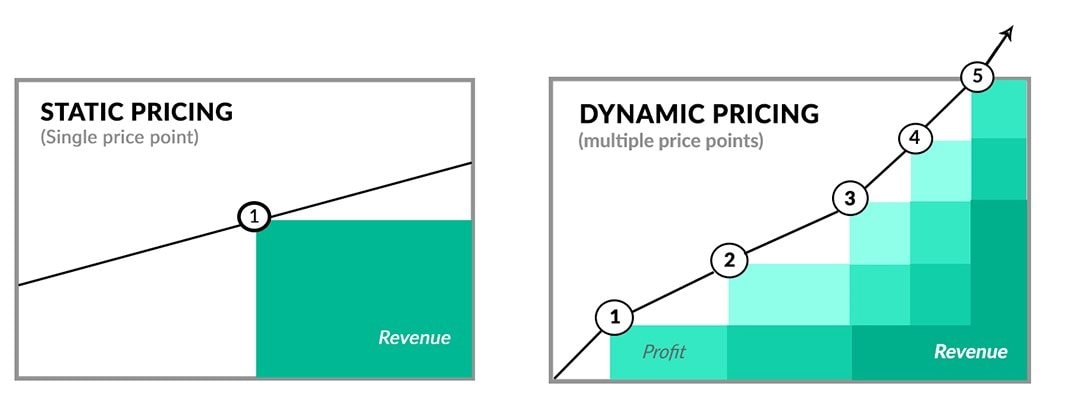
Uber’s Dynamic Pricing Model.
Data also enables Uber to predict future prices using LSTM (Long Short-Term Memory) networks in deep learning models to forecast market conditions and even “unexpected” events before they occur.
Didur noted, “By using LSTM, Uber can effectively calculate and analyze all necessary variables to form prices reflecting the current market state and optimize the overall experience.”
When it comes to dynamic pricing for rides, some argue it seems unfair. However, dynamic pricing has been used by companies like Amazon and American Airlines for years. Fair or not, dynamic pricing is here to stay, and understanding how this model works is crucial.
Essentially, Uber and other companies don’t just rely on simple supply-and-demand factors from processing millions of data points about available cars and ride requests. They also leverage vast datasets collected from users’ phones, including location, travel habits, and booking times, to train AI to price based on individual “willingness to pay.”
AI acts as an “analytical brain,” helping service providers set real-time prices and automatically adjust them minute by minute.
The Electric Revolution: VinFast’s Journey to Becoming a Global EV Powerhouse
The ever-growing demand for e-bikes far outstrips supply, resulting in a constant state of ‘sold out’ for this sought-after service.

